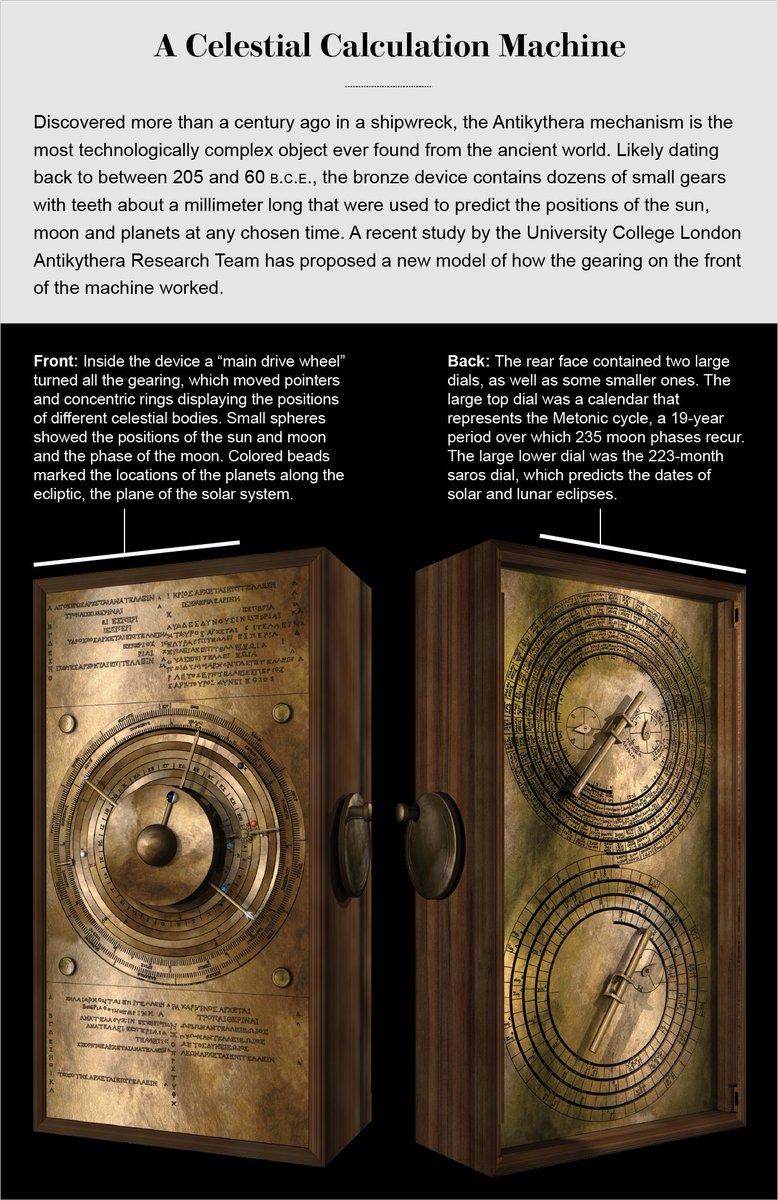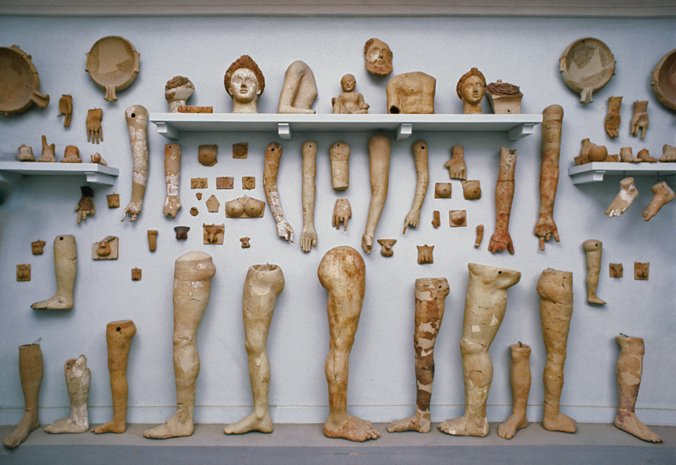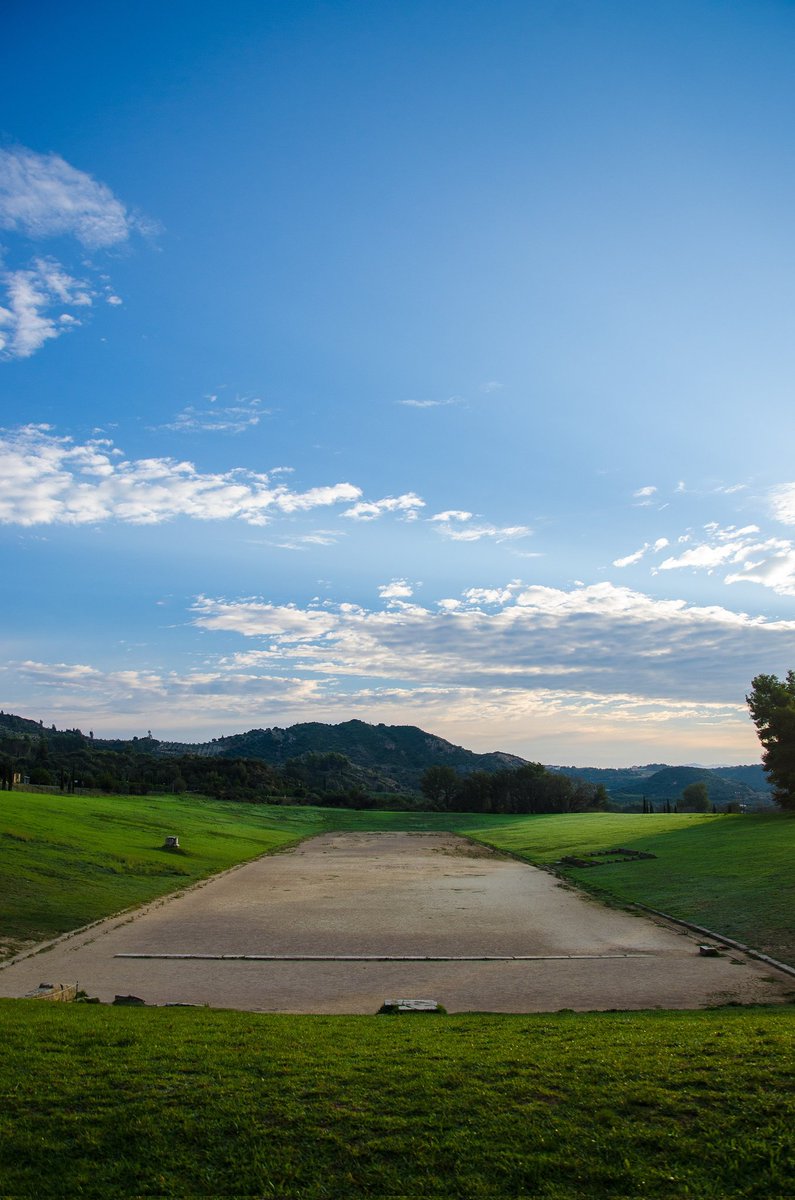
Ancient robotics: The case of the "Automatic maid" of Philo of Byzantium (3rd century BCE). According to the sources Philo created a humanoid maid capable of preparing and filling the cups with wine.
Interesting? Read more below⬇
#Archaeology #History #AncientGreece #Robots
Interesting? Read more below⬇
#Archaeology #History #AncientGreece #Robots

Philo was also known as Philo Mechanicus. He was a famous Greek engineer, physicist and writer on mechanics from Byzantium (modern Istanbul), although he lived most of his life in Alexandria.
researchgate.net/publication/30…
researchgate.net/publication/30…

Read about the automatic maid here⤵️
kotsanas.com/gb/exh.php?exh…
kotsanas.com/gb/exh.php?exh…
• • •
Missing some Tweet in this thread? You can try to
force a refresh

















